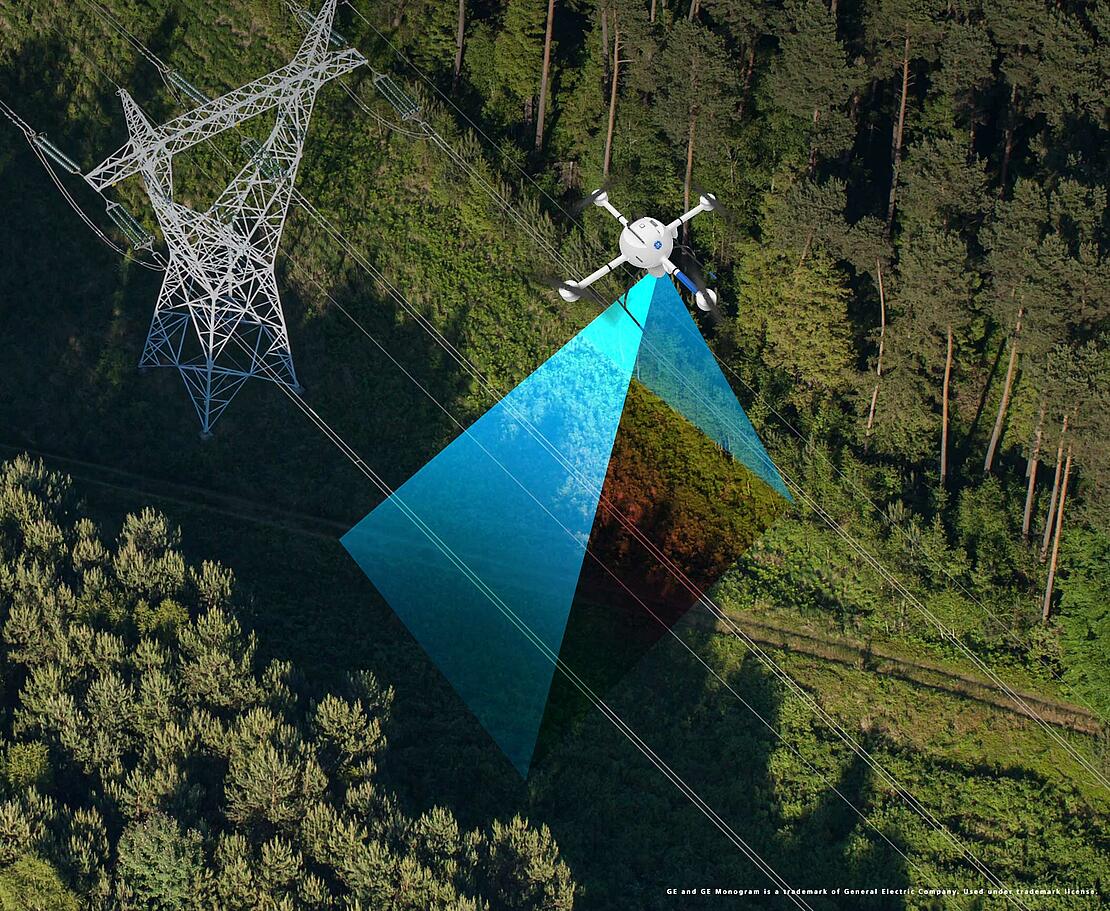Sky-High Innovations: How Drone Surveying is Altering Construction

In recent years, drone surveying features emerged as a game-changer in typically the construction industry, ushering in a fresh era of productivity and precision. While construction projects grow in complexity and scale, the demand intended for innovative technologies of which streamline operations and even enhance data accuracy and reliability has never been more critical. Drones, equipped together with advanced mapping and even imaging capabilities, happen to be transforming how surveyors gather data, assess sites, and handle projects, reshaping classic methodologies.
Drone technology will be not just a passing trend; this is revolutionizing typically the way professionals in the construction field work. With the capacity to quickly record high-resolution aerial image and produce comprehensive topographical maps, drones are proving to become indispensable tools. They feature insights that once was weeks to accumulate, permitting faster decision-making and improved job management. As we delve deeper straight into the benefits of using drones regarding surveying, it gets evident that this technology is here to be able to stay, and its particular impact on construction will only continue to develop.
Advantages and Applications of Drone Surveying
Drone surveying offers numerous positive aspects that are modifying the construction industry. Above all, drones considerably enhance accuracy plus precision in acquire surveys. Traditional surveying methods can always be time-consuming and susceptible to human error, while drones utilize advanced imaging and mapping technologies which provide high-resolution aerial data, ensuring that stakeholders have reliable information for decision-making. This kind of elevated level of accuracy not just helps in planning and design but in addition reduces costly mistakes that can arise afterwards inside the construction method.
Found in addition to increased accuracy, the efficiency of drone surveying is a video game changer. Drones might cover large places inside a fraction associated with the time it might take using conventional surveying techniques. This kind of rapid data collection allows construction teams to assess web pages quickly, leading to faster project timelines and improved resource management. By significantly reducing the amount of fieldwork required, drones support to streamline operations, allowing teams to focus on critical tasks of which matter most to be able to project success.
Furthermore, the particular applications of drone surveying extend further than just construction. Drones are being used in varied areas such as agriculture, environmental checking, and disaster supervision. For instance, gardening specialists utilize drones to assess harvest health and optimize produces, while environmental organizations monitor ecosystems and even track changes on land use. Inside disaster recovery, drones provide vital soaring assessments that help in planning plus rebuilding efforts. The particular versatility of drone technology blurs the particular lines between industries, highlighting its important role in modern surveying practices.
Comparative Research: Drones vs. Conventional Surveying
Traditional surveying strategies often rely upon ground-based equipment and manual measurements, which often can be time consuming and labor-intensive. Surveyors typically use equipment such as theodolites, total stations, plus leveling instruments, necessitating significant human input for data collection and analysis. Whilst these methods possess been proven dependable over time, they may be limited by challenging terrain or ecological conditions, and typically the scope of information protection is constrained simply by manpower and moment available.

In contrast, drone surveying leverages modern technology to capture huge areas of land rapidly and efficiently. Drones equipped with high-resolution digital cameras and LiDAR sensors can cover extensive sites in a new fraction of typically the time it might take for traditional methods. This capability not only increases the speed of info collection but furthermore enhances the top quality of the files gathered, providing in depth topographic maps plus volumetric measurements hard to get at by ground-based strategies alone. Drones might easily access hard-to-reach areas, which is why they are concidered particularly advantageous in complex construction sites.
Moreover, typically the data analysis method differs significantly between your two methods. Classic surveying often consists of manual input and even computations, which can introduce potential problems and delays. Drone surveys generate huge amounts of data that will can be highly processed quickly using specific software, allowing intended for rapid decision-making in addition to improved project managing. This efficiency explicates to cost cost savings and enhanced production, highlighting why drone surveying is increasingly favored in modern construction and area surveying projects.
Future Developments in Drone Surveying
Since technology continues in order to evolve, drone surveying is set to get even more complex with advancements inside artificial intelligence in addition to machine learning. These technologies will permit drones to process data in real-time, permitting quicker decision-making on construction web sites. Automation in drone operations will likewise increase, making it easier to conduct surveys without extensive human intervention, thus enhancing effectiveness and safety during a call.
Another significant trend will be the integration of drones with other surfacing technologies such as Building Information Which (BIM) and Geographic Information Systems (GIS). Go Here may provide comprehensive info analysis, leading to be able to a more seamless work flow in construction tasks. Drones equipped with advanced sensors will capture high-resolution images and 3D road directions, feeding into techniques that can imitate construction processes and even predict potential challenges before they arise.
Finally, as regulations surrounding drone usage carry on and evolve, we can expect increased convenience for smaller businesses and individual surveyors to leverage drone technology. This democratization of drone surveying will drive creativity and competition, eventually improving service top quality across the sector. With ongoing developments, drone surveying is poised to become a standard practice, enhancing accuracy in addition to reducing costs regarding construction projects globally.
